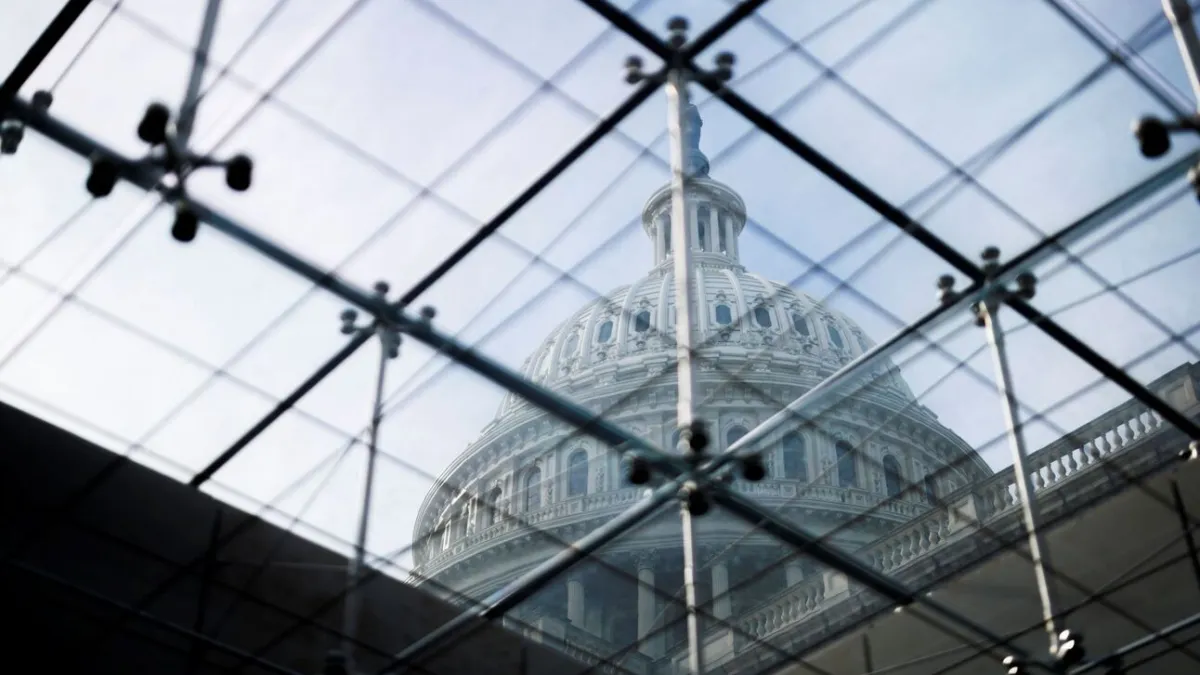
The Senate version of the One Big Beautiful Bill Act, the massive reconciliation package that would deliver on much of President Donald Trump’s domestic policy agenda, would add at least $3.3 trillion to budget deficits over the next 10 years, the Congressional Budget Office said in an analysis released over the weekend.
That cost jumps closer to $4 trillion once rising interest payment costs are taken into account, according to fiscal experts. At the same time, spending reductions in the bill would slash funding for healthcare by about $1.1 trillion, resulting in a loss of health insurance for 11.8 million people by 2034.
A dark day for deficit hawks: The CBO’s cost estimate for the Senate bill is significantly higher than its estimate for the House version, which came in at $2.4 trillion, or $2.8 trillion when scored on a dynamic basis.
Tax cuts are the largest single contributor to the cost of both versions of the bill. Extending the 2017 tax cuts, many of which were scheduled to expire at the end of the year, would cost about $3.8 trillion in lost revenue. New tax provisions, including no taxes on tips and overtime pay, push total cost of tax cuts in the bill to about $4.5 trillion.
In terms of offsets, the Senate bill seeks to cut Medicaid, Medicare and Affordable Care Act-related spending by $1.1 trillion, with the vast majority of the cuts falling on Medicaid.
The New York Times’s Margot Sanger-Katz reports that the roughly $1 trillion in cuts for Medicaid are unprecedented going back to the beginning of the program in 1965, and are produced largely through two provisions.
The first would create nationwide work requirements for beneficiaries, focused on childless adults of working age, as well as parents whose children are more than 14 years old. That provision is projected to reduce Medicaid spending by $325 billion over 10 years.
The second major provision would save $375 billion over a decade by cracking down on a strategy many states use that involves taxing medical providers to increase federal payouts. States would have to start lowering those taxes starting in 2027, a more aggressive approach than the House version, which requires states to just freeze those taxes. Concerns about how that provision would affect rural hospitals led lawmakers to add a provision that increases the size of a dedicated relief fund to $25 billion.
The bottom line: The One Big Beautiful Bill Act is still developing, and the final numbers could and likely will change. But the CBO’s score of the bill as of this weekend suggests that it will raise deficits by trillions of dollars, while reducing healthcare coverage for millions of people over time.